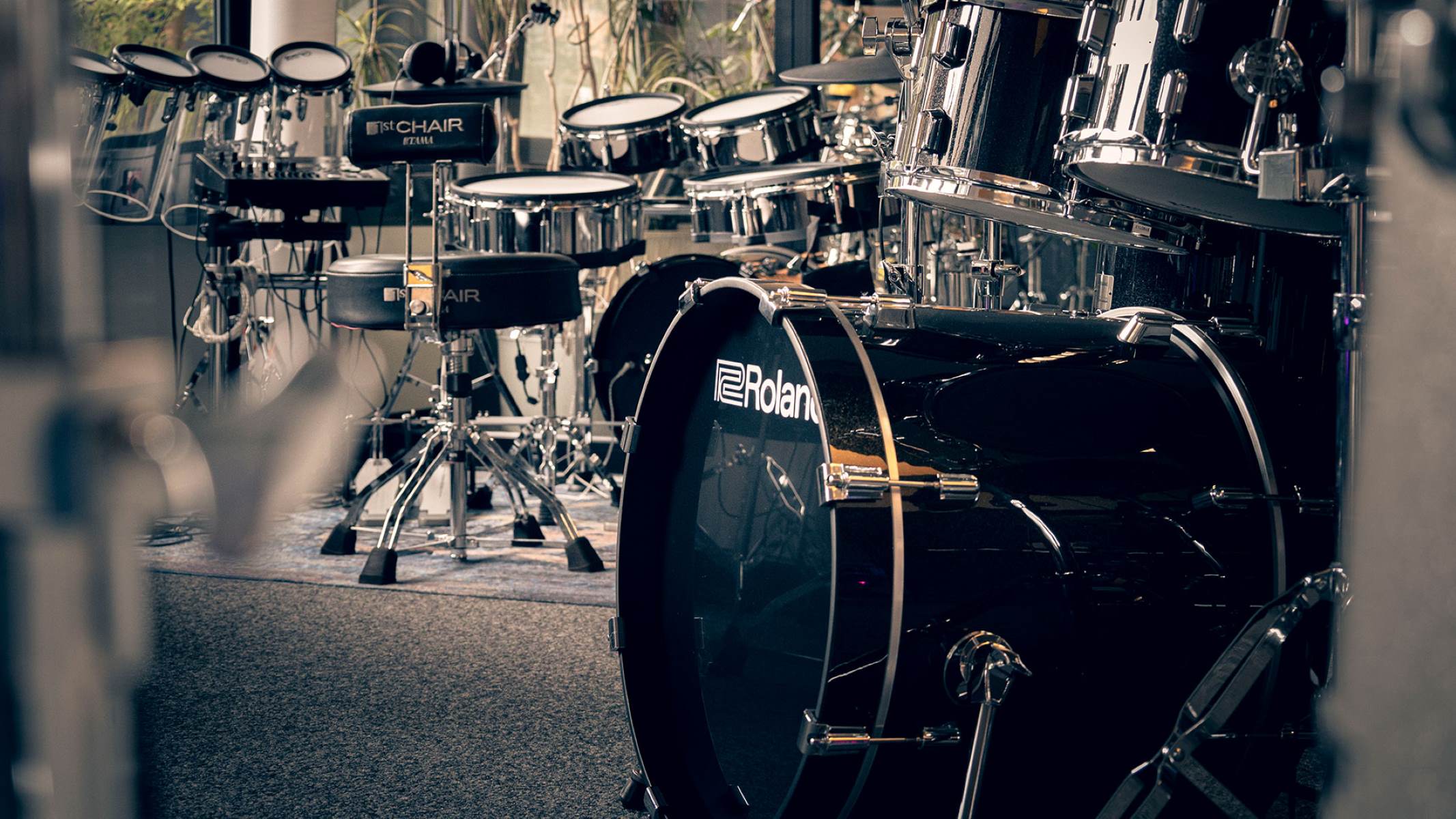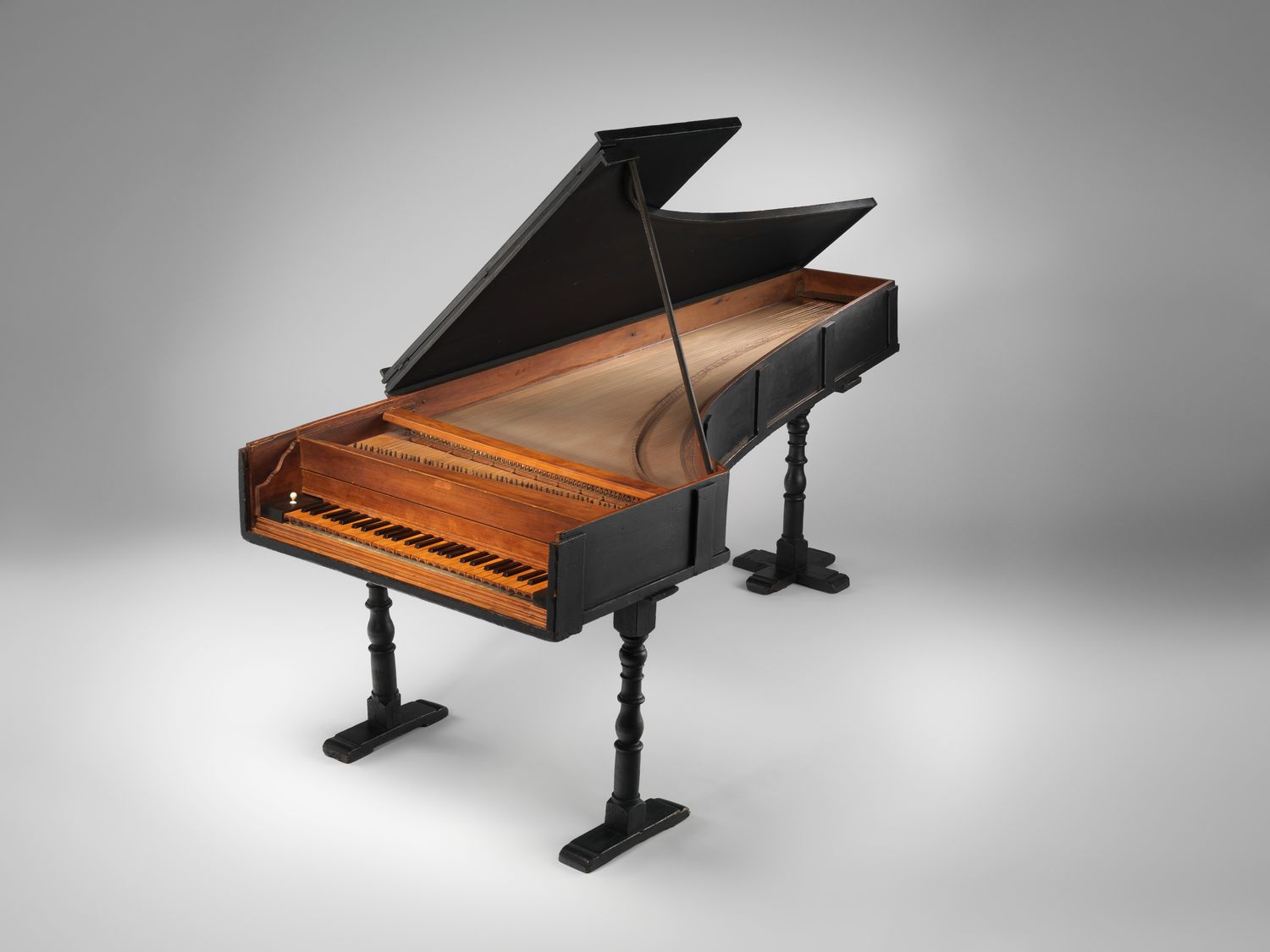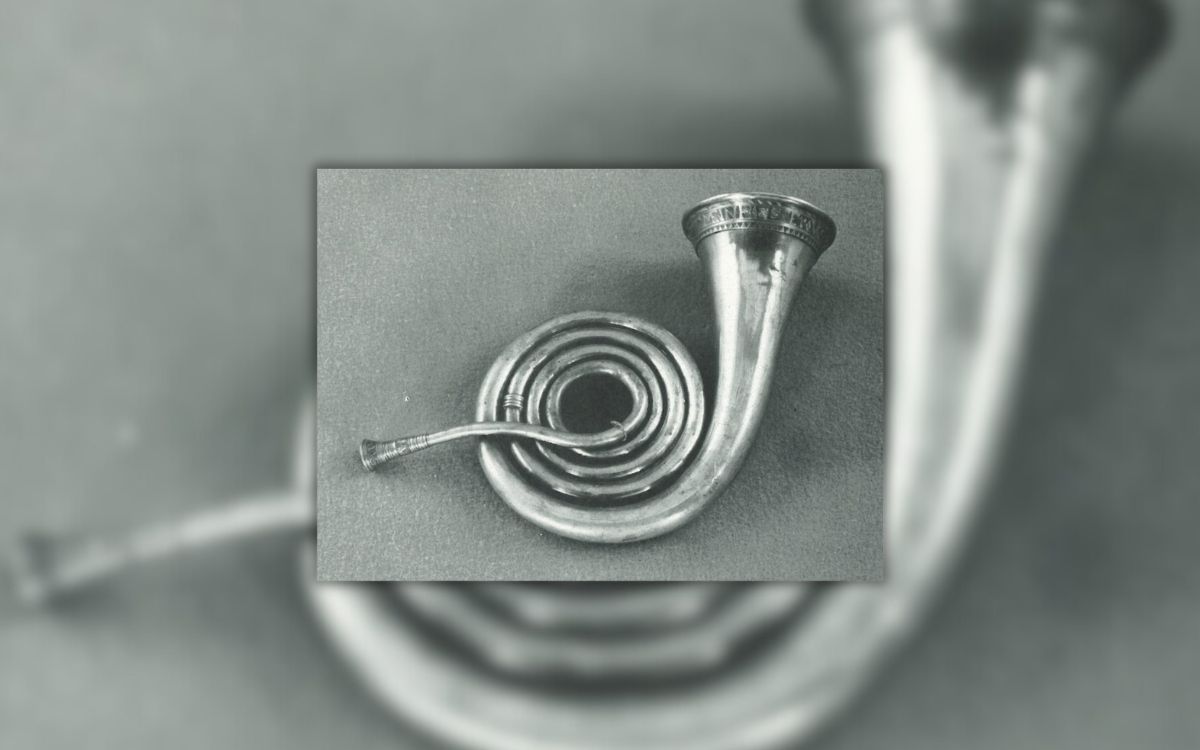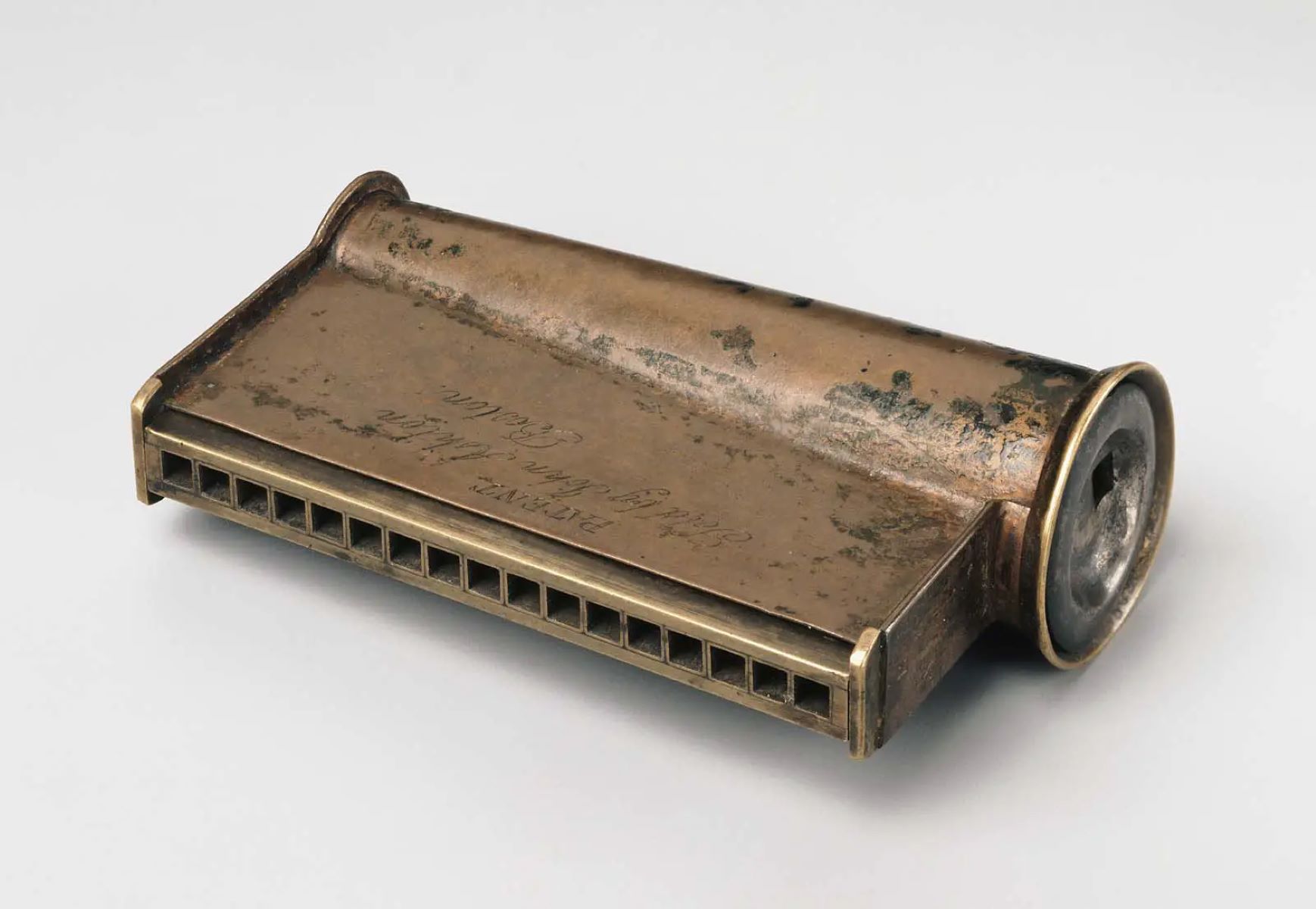Home>Instruments>Drums>What Are Drums Made Of


Drums
What Are Drums Made Of
Published: February 8, 2024
Discover what drums are made of and how different materials affect their sound. Learn about the construction and materials of drums in this comprehensive guide.
(Many of the links in this article redirect to a specific reviewed product. Your purchase of these products through affiliate links helps to generate commission for AudioLover.com, at no extra cost. Learn more)
Table of Contents
Introduction
Drums are not only the heartbeat of music, but they also hold a rich history and cultural significance. The materials used in crafting drums play a pivotal role in defining their sound, durability, and overall quality. In this article, we will delve into the fascinating world of drum materials, exploring the traditional and modern components that contribute to the creation of these rhythmic instruments.
The construction of drums has evolved over centuries, with various cultures and regions contributing their unique techniques and materials to the art of drum making. From animal skins and wood to metal alloys and synthetic compounds, the diversity of drum materials reflects the ingenuity and resourcefulness of humankind in creating musical instruments.
Understanding the composition of drums not only sheds light on the craftsmanship behind these instruments but also provides valuable insights for musicians, enthusiasts, and even casual listeners. By examining the historical and contemporary aspects of drum materials, we can gain a deeper appreciation for the cultural heritage and technical innovation embedded in the world of percussion.
Join us on a rhythmic journey as we uncover the secrets of drum materials, from the ancient traditions that laid the foundation to the cutting-edge innovations shaping the future of drum construction. Whether you are a seasoned drummer, an aspiring musician, or simply a curious soul with a passion for music, this exploration of drum materials promises to strike a chord within you.
The History of Drum Making
The art of drum making traces its origins back to ancient civilizations, where drums served not only as musical instruments but also as ceremonial tools and communication devices. The earliest drums were crafted from natural materials readily available in their respective regions, such as animal hides, wood, and clay. These primal components formed the foundation of drum construction and set the stage for the evolution of percussion instruments across diverse cultures.
In ancient Mesopotamia, drums were fashioned from clay and animal skins, creating resonant vessels that accompanied religious rituals and military marches. Similarly, in Africa, the birthplace of rhythmic traditions, drums were meticulously crafted from hollowed tree trunks and covered with animal skins, yielding instruments that were deeply intertwined with cultural ceremonies and communal gatherings.
As civilizations expanded and interconnected through trade and conquest, the art of drum making spread across continents, assimilating new techniques and materials along the way. The Middle Ages witnessed the refinement of drum construction in Europe, where skilled artisans utilized metal hardware and tensioning systems to enhance the durability and tonal range of drums.
During the industrial revolution, the availability of metal alloys and synthetic materials revolutionized drum making, paving the way for mass production and standardization. This era of innovation saw the emergence of modern drum kits, incorporating components made from brass, steel, and synthetic plastics to achieve versatile sounds and increased durability.
Today, the legacy of drum making continues to thrive, with artisans and manufacturers blending traditional craftsmanship with cutting-edge technologies to create instruments that resonate with the spirit of their predecessors while embracing the demands of contemporary music. The history of drum making stands as a testament to the enduring legacy of percussion instruments, showcasing the ingenuity and cultural significance embedded in the materials and construction techniques that have shaped the world of drums.
Traditional Drum Materials
Traditional drum making relied on natural materials that were abundant in the local environment, with each component serving a specific purpose in creating resonant and durable instruments. Animal skins, particularly those of goats, cows, and other mammals, were prized for their unique tonal qualities and strength. The process of preparing and stretching these hides required meticulous craftsmanship, often involving soaking, scraping, and drying to achieve the desired thickness and elasticity.
Wood played a fundamental role in traditional drum construction, with various hardwoods such as oak, ash, and mahogany being favored for their density and resonance. Drum shells were meticulously carved and shaped from these woods, providing a sturdy and acoustically rich foundation for the instrument. In some cultures, specific tree species were revered for their spiritual significance, further infusing the drums with cultural symbolism and reverence.
In addition to animal skins and wood, natural fibers and plant-based materials were utilized to create drum ropes, harnesses, and decorative elements. These organic components not only served functional purposes in securing the drumheads and tuning the instrument but also added aesthetic flair, often incorporating intricate patterns and symbolic motifs that reflected the cultural heritage of the drum makers.
The use of traditional materials in drum making was deeply intertwined with cultural practices and belief systems, with each component carrying symbolic significance and spiritual resonance. The craftsmanship involved in working with natural materials showcased the ingenuity and resourcefulness of ancient artisans, who honed their skills over generations to produce instruments that embodied the essence of their communities.
While modern drum making has embraced synthetic and composite materials to meet the demands of contemporary music, the legacy of traditional drum materials endures as a testament to the timeless artistry and cultural significance embedded in the ancient craft of percussion instrument construction.
Modern Drum Materials
Modern drum making has embraced a diverse range of materials, incorporating innovative alloys, composites, and synthetic compounds to meet the evolving demands of contemporary music styles and performance settings. One of the most significant advancements in drum materials is the widespread use of synthetic drumheads, which offer enhanced durability, consistency, and weather resistance compared to traditional animal skins. These synthetic heads, often made from materials such as Mylar and Kevlar, provide drummers with a versatile and reliable option for achieving a consistent sound across various playing conditions.
Furthermore, the evolution of metal alloys, including brass, steel, and aluminum, has revolutionized the construction of drum shells and hardware. These durable and lightweight materials offer a wide range of tonal possibilities, allowing drum manufacturers to create instruments tailored to specific genres and playing styles. Additionally, the use of carbon fiber and fiberglass in drum shell construction has expanded the sonic palette of drums, providing enhanced resonance and projection while offering exceptional strength and stability.
Advancements in polymer technology have also played a pivotal role in modern drum making, with high-impact plastics and composite materials being utilized for drum hoops, lugs, and hardware components. These synthetic elements offer superior strength-to-weight ratios and corrosion resistance, ensuring that modern drums can withstand the rigors of extensive touring and regular performances without compromising their structural integrity.
Moreover, the integration of hybrid materials, such as wood and metal composites, has led to the development of hybrid drum shells that combine the warmth of wood with the projection and articulation of metal. These innovative materials and construction techniques have expanded the sonic capabilities of drums, providing drummers with a diverse array of tonal options to suit their artistic preferences and musical expressions.
By embracing modern materials and manufacturing processes, the world of drum making continues to evolve, offering musicians a wealth of options to explore new sonic frontiers while honoring the traditions and craftsmanship that have defined the art of percussion for centuries.
The Importance of Drum Materials
The selection of drum materials plays a crucial role in shaping the tonal characteristics, durability, and overall performance of the instrument. Whether crafting traditional hand drums or assembling modern drum kits, the choice of materials significantly influences the sound and feel that drummers and audiences experience. Understanding the importance of drum materials provides valuable insights into the art and science of drum making, highlighting the impact of each component on the instrument’s sonic identity and cultural significance.
First and foremost, the materials used for drum shells and drumheads directly contribute to the instrument’s tonal qualities. Different woods, metals, and synthetic compounds resonate in distinct ways, producing a wide spectrum of sounds ranging from warm and mellow to bright and cutting. The density, grain structure, and thickness of these materials influence the sustain, projection, and harmonic complexity of the drums, allowing musicians to tailor their setups to suit specific musical genres and performance contexts.
Furthermore, the durability and resilience of drum materials are essential considerations for both professional and amateur drummers. Traditional drums constructed with animal skins and wood require careful maintenance and environmental control to ensure optimal performance and longevity. In contrast, modern synthetic materials and metal alloys offer enhanced stability, weather resistance, and consistency, making them well-suited for rigorous touring schedules and diverse climatic conditions.
Beyond the sonic and practical aspects, the cultural and historical significance of drum materials cannot be overlooked. Traditional drums crafted from natural materials carry the stories, traditions, and spiritual connections of the communities from which they originate. The reverence for specific woods, animal hides, and plant-based elements reflects the deep-rooted cultural practices and symbolic meanings associated with drum making, enriching the instruments with layers of heritage and identity.
Ultimately, the importance of drum materials lies in their capacity to shape the sonic landscape of music, withstand the demands of performance, and embody the artistic expressions and traditions of diverse cultures. Whether embracing time-honored materials or exploring innovative composites, drum makers and musicians alike recognize the profound impact that materials have on the soul, sound, and spirit of the drums.
Conclusion
The world of drum materials encapsulates a rich tapestry of history, innovation, and cultural significance, reflecting the ingenuity and artistry of drum makers across the ages. From the ancient traditions of crafting drums from animal skins and wood to the modern advancements in synthetic compounds and metal alloys, the evolution of drum materials mirrors the dynamic interplay between tradition and innovation in the realm of percussion instruments.
As we have explored the traditional and modern drum materials, it becomes evident that the selection of materials profoundly influences the sonic characteristics, durability, and cultural resonance of drums. The historical legacy of using natural components such as animal hides and hardwoods speaks to the deep-rooted connections between drum making and cultural practices, infusing each instrument with a sense of heritage and storytelling.
Simultaneously, the embrace of modern materials has expanded the sonic palette of drums, offering musicians a diverse array of tonal possibilities and performance benefits. The integration of synthetic drumheads, metal alloys, and composite materials has redefined the boundaries of drum construction, providing drummers with instruments that combine tradition with cutting-edge innovation.
Furthermore, the importance of drum materials extends beyond their technical and sonic attributes, encompassing the spiritual, symbolic, and communal dimensions of drum making. The reverence for specific materials and the craftsmanship involved in their preparation and assembly underscore the profound cultural significance embedded in the art of drum construction.
Ultimately, the exploration of drum materials illuminates the enduring legacy of percussion instruments as vessels of rhythm, culture, and creativity. Whether resonating with the primal beats of ancient rituals or pulsating with the contemporary sounds of global music, drums crafted from diverse materials continue to captivate and inspire, transcending time and geography to unite humanity through the universal language of rhythm.
As we continue to celebrate the art and craftsmanship of drum making, let us recognize and honor the materials that form the heart and soul of these rhythmic marvels, embodying the spirit of human expression and the enduring power of music.











